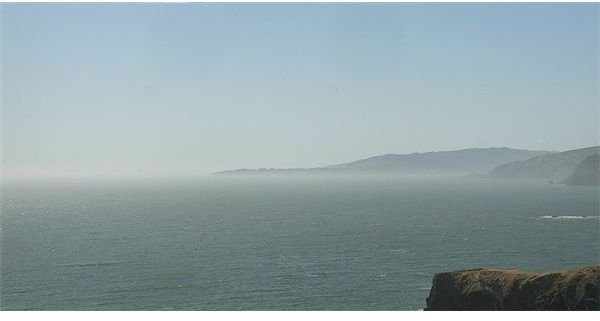Landscape Drawing Terminology for High School Students
Bringing a Landscape to Life
Teaching landscape drawing to high school students can be a very rewarding experience. Since most children have been attempting landscape drawings since they were in preschool, many art students already have a natural feel for what makes a landscape drawing attractive. Perhaps they naturally draw objects in the distance smaller and those in the foreground larger, but have no knowledge of the term perspective.
Terminology can help assist in the learning process as students build on what they already know. Similarly, students might be accustomed to drawing a wavy line behind a house to suggest a distinction between a hill and the sky. Despite this, they may have never heard the word horizon as used in art.
This article provides explanations for important terms you will use during your art lessons. Take a class session to teach your students theslesson plan will help teachers bring their high school students to a clearer understanding of the use of perspective and the horizon line in landscape art. Click on the links for lesson plan ideas.
A New Perspective on Perspective
The word perspective is generally used as another way of saying “point of view.” A person’s perspective is their opinion as it is influenced by other factors in their life such as income, age, gender, ethnicity and nationality. In art, the term perspective is used to explain the relationship between the art and the person observing the art. Perspective is how the art is viewed. If the image is a picture of a cup, perspective tells the viewer if they are seeing only the side of the cup or also the opposing rim of the cup and possibly the contents of the cup.
In landscape drawing, perspective shows if the landscape is being viewed from a great distance, from a bird’s eye view, from the top of a sky scraper, or from the view of a grasshopper on a blade of grass. The difference between these differing perspectives is achieved by adjusting the scale of objects as they relate to the viewer. For example, a circular object may appear as an oval from a given perspective and would be adjusted accordingly. The term for this type of perspective adjustment is called foreshortening.
Another relevant term within the context of perspective is vanishing point. The vanishing point is the imaginary line in the distance where objects are no longer visible. In most landscape drawings the vanishing point is also the horizon line. In many cases the vanishing point is a singular location at the point where two parallel lines converge in the image. A good example of this is in the case of a long stretch of highway viewed head-on. In the foreground the road is wide, but in the distance the two sides vanish into a single point.
On the Horizon
The concept of the horizon line in landscape drawings is very similar to the Earth’s horizon. It is the point at which the viewer can no longer see objects on the Earth’s surface and the sky and the ground appear to meet. In landscape art the horizon is a line, sometimes drawn, sometimes implied, that suggests the separation between earth and sky. In some drawings the sky meets the earth along the rectangular lines of a city skyline. In other cases it is a grassy hill, a barn or a line of trees in the distance.
The most important element to understand about the horizon line in pastoral landscape art is that objects are typically drawn smaller as they approach the horizon line. For example, trees in the foreground may be large with great detail, while trees along a distant horizon line are not much more than small, blurry, green smudges of paint. While there may be many horizontal lines in a picture depicting rolling hills, only the line that distinguishes between grass and sky or ground and mountain would be considered the horizon.
Where the horizon line is located on the canvas tells the viewer the perspective. A horizon line close to the bottom of the canvas shows that the viewpoint is very close up, like that of a bug on a leaf. A horizon line close to the top of the canvas suggests the perspective of a man looking out an airplane window seeing a wide space of land.
In this way horizon and perspective should go hand-in-hand.
References
- Photo by tolomea under CC BY 2.0 via Flickr
